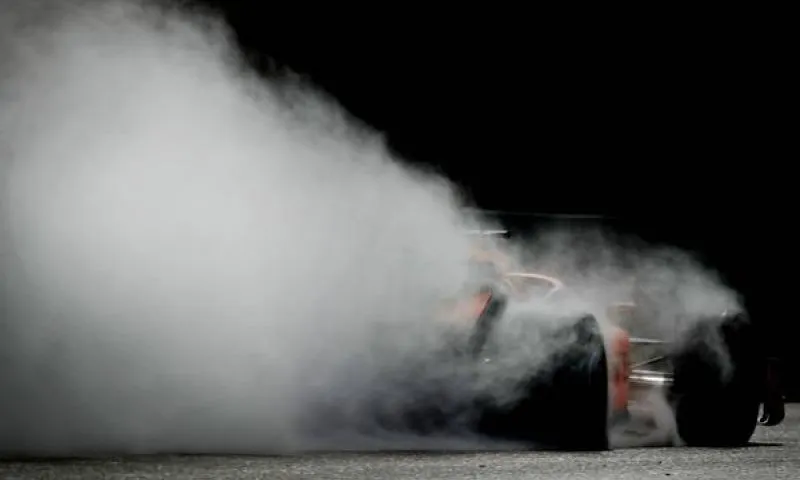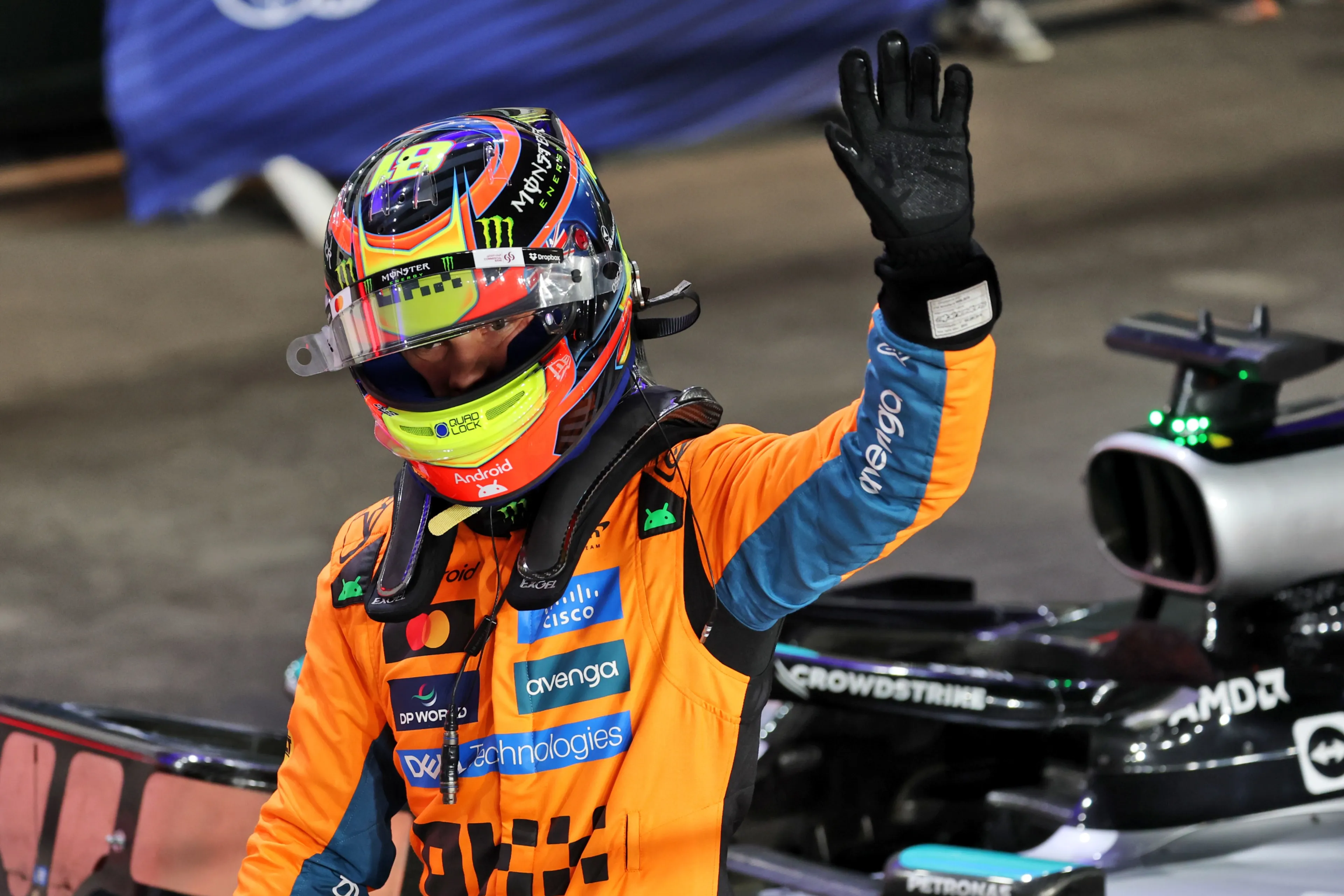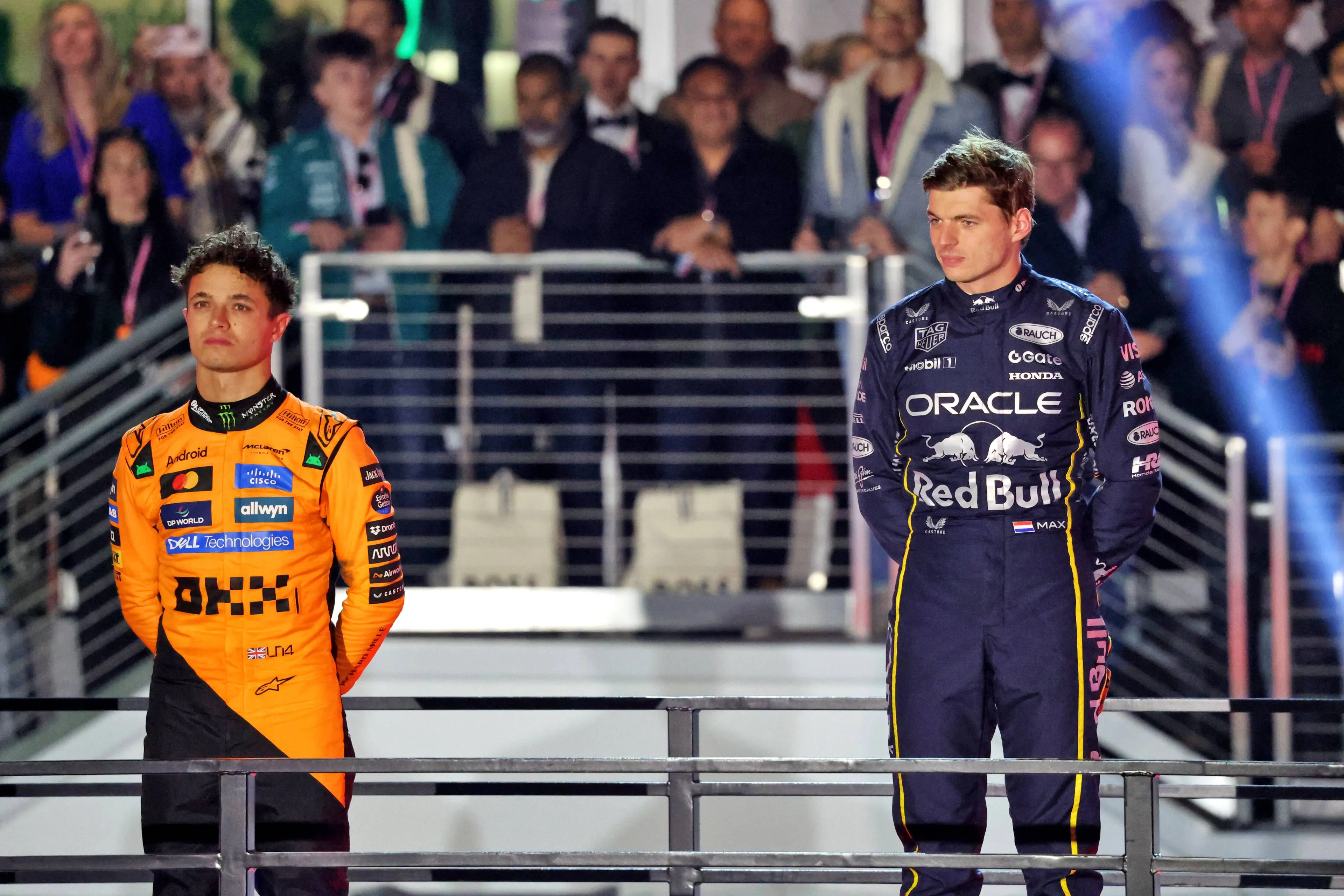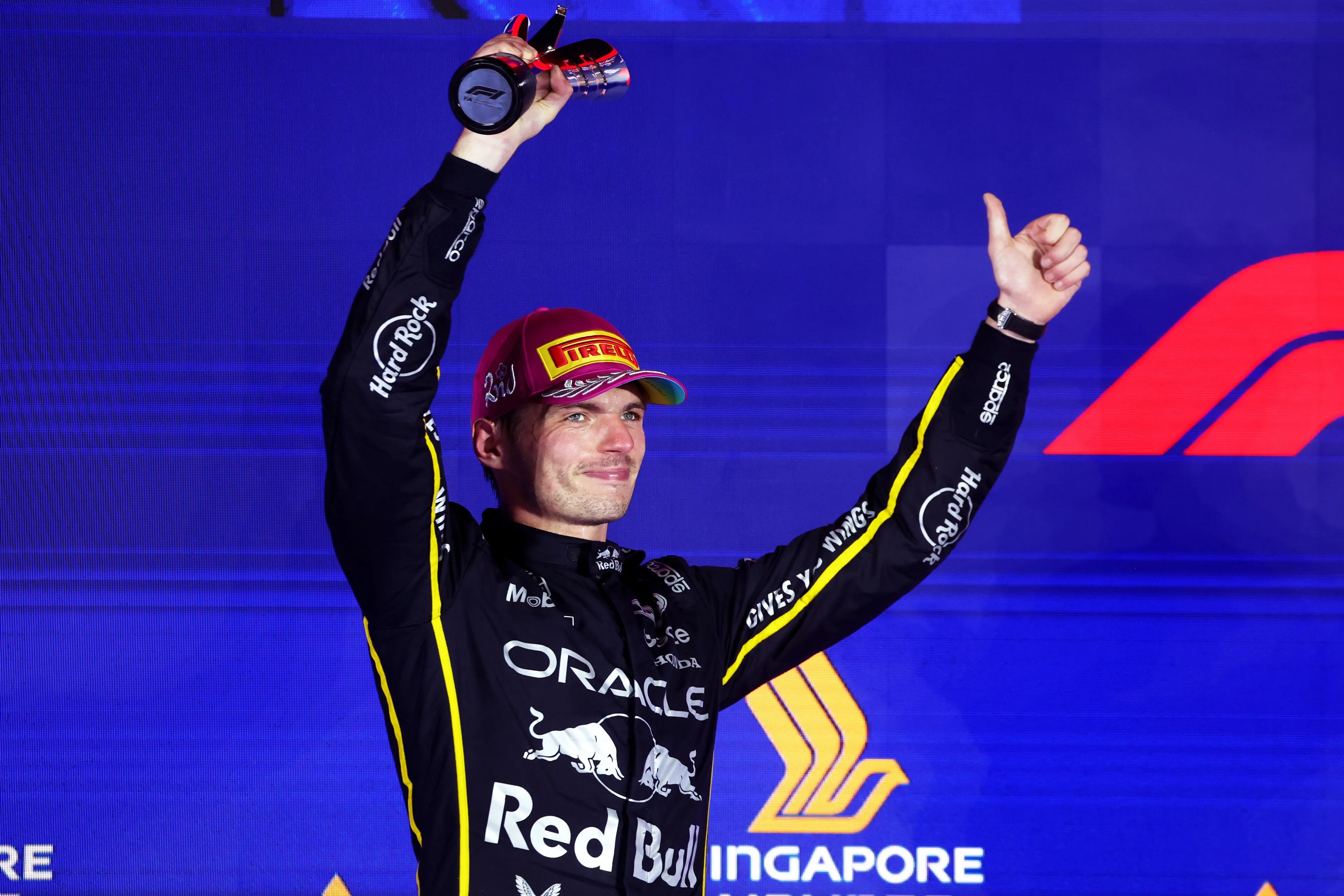F1's winter testing will be conducted on two different circuits for the 2022 season: The Circuit de Barcelona-Catalunya & the Bahrain International Circuit. With this, the teams will have to grapple with a difficult challenge that they will need to adapt to quickly. What is the problem that they will face and why would it cause them trouble?
The circuit differences
When it comes to differences between the circuit, there is no shortage of options. As the Circuit de Barcelona-Catalunya has a variety of long sweeping corners, and a reasonable balance of mid-to-high speed corners, teams have a decent understanding as to how planted the car is around the circuit. With its elevation changes, the teams can also understand how the angle of elevation in camber or banking affects the tyre responsiveness and wear.
The Bahrain International Circuit, on the other hand, is quite different. When it comes to circuit design, the long straights dominate the track, paused only by hard braking zones which test the car's responsiveness as well as the driver’s ability to manage tyres. The elevation change is also much lower, with Bahrain sitting at a gradual 18-metre low-low-to-high, in comparison to Barcelona’s rapid 26 metres. With more of a demand on engine and brake performance, teams will be testing more parts in that area in comparison to Barcelona's aerodynamic focus.
Both circuits hold an abrasive track surface, but due to the difference in corner design, the resultant tyre wear will differ. However, it will display the more extreme end of conditions & will allow the teams to make some sense of the degradation levels.
The pros & cons
The benefit of testing at one circuit is the set environment. The corners are the same, the tarmac is the same, the climate is the same. All that would change in those two weeks are the elements that the teams would choose to test. The newer upgrades and the more aggressive setups would be correlated with the much more tame and conservative testing conducted in the previous week. As the changes in setup also occur gradually, the team can gather the information & understand the emerging trends accordingly. Thus, when the pre-season testing occurs on a single circuit, teams are able to better understand the car and how it shapes up in comparison to their expectations set in the previous year.
However, teams could also gain some benefit from this “split structure”. By testing on two vastly different circuits, a wider breadth of knowledge can be obtained. While continuity will not exist and therefore create more difficulty in understanding the trends, the changes will allow the teams to see how the car behaves, both in reliability and performance, when it comes to two different venues. One would also imagine that the teams would be able to draw their own points of reference. By comparing a slightly similar corner, as well as some data from seasons prior, the teams may be able to draw out their conclusions and come to a more well-rounded understanding.
What they can do?
Teams will most likely make adjustments between the test in Bahrain & the opening round at the same circuit. With these, some correlations can be made between the elements brought to the test & how they shape in both qualifying and race trim. This will give them some valuable time and data to understand how the new regulations affect the handling and performance.
However, significant guesswork will be required for some more than others. Teams with higher mileage in Spain would be more comfortable, as they have a larger bank to compare their new findings to. Teams like Haas & Alfa Romeo, who had several disruptions to their run plan, will be still trying to discover the car and the areas in which they are strong or weak. For all teams, however, a clear picture while be a little more difficult to paint in relation to what they once knew.
Read more about:
Popular on GPBlog

1
Max Verstappen officialises switch to Mercedes for 2026
41413 times read

2
'Hamilton shapes F1 2026 season with vital Ferrari race engineer decision'
2296 times read

3
'Elkann has about as much F1 expertise as I have in economics, none'
1755 times read

4
Lewis Hamilton responds after questioning over failed F1 detox promise
1013 times read
Loading












